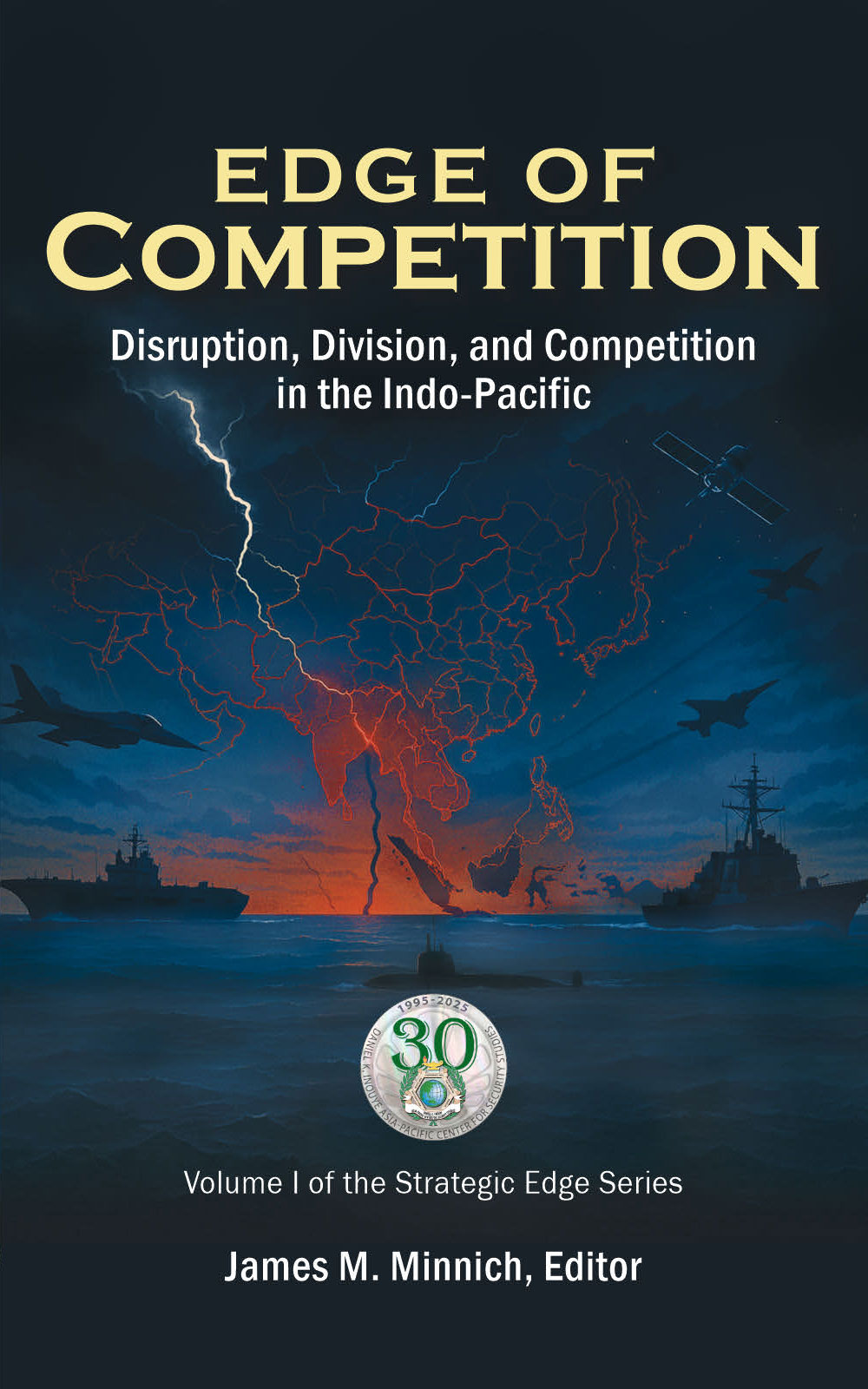Chapter 15
Dissuading Sea Slavery
Anny Barlow
I see labor as a very big ship to steer, and you probably need a lot of tugboats pushing at different spots to get it to go in the right direction.
– Dr. Elizabeth Selig, Deputy Director at
Stanford’s Center for Ocean Solutions
Interview with the Author: October 18, 2022
In the contested maritime spaces of the Indo-Pacific, sea slavery is more than a humanitarian crisis—it is a strategic vulnerability. Forced labor aboard fishing vessels is enabled by fragmented governance, opaque supply chains, and deliberate economic asymmetries. It is exploited by malign actors—state-affiliated and commercial—who gain a competitive advantage through impunity, secrecy, and systemic abuse. These practices not only devastate human lives but also undercut rules-based order, erode state legitimacy, and distort fair maritime commerce. In a region where influence is increasingly contested, addressing forced labor is essential to restoring balance and trust at sea.
This chapter examines the brutal and persistent exploitation of forced labor in the global fishing industry—what many call “sea slavery.” Hidden far offshore, this abuse generates ripple effects that stretch across human dignity, environmental sustainability, and food security. It reflects a broader crisis of accountability in the maritime domain, where competition often outpaces law enforcement, and profit is too easily divorced from responsibility.
To counter this, this chapter proposes a form of civilian-integrated deterrence: an integrated dissuasion strategy that raises the cost of exploitation by deploying the full range of tools—legal, economic, technological, diplomatic, and grassroots. Drawing conceptual inspiration from integrated deterrence in security affairs, and narratively from the collaborative model of Marvel Comics’ Avengers Team, this approach envisions transdisciplinary “task forces” uniting diverse expertise to strategize and confront systemic abuse beyond the reach of any single actor.
This chapter proceeds in four parts. It first details the global impact of forced labor in fishing, highlighting the interlinkages between exploitation, illegal fishing, and ecological decline, and the effects these linkages have on communities. It then identifies the economic and structural forces that allow sea slavery to persist, followed by a discussion of existing but underleveraged tools for dissuasion—from sanctions to blockchain traceability to community watchdogs. Finally, it proposes a governance structure through which a coordinated effort can be implemented methodically.
At its core, this chapter argues that the fight against sea slavery is a strategic imperative. Ending forced labor in the fishing industry will require shifting from fragmented compliance to integrated dissuasion, from isolated initiatives to synchronized networks. By doing so, the Indo-Pacific can begin to close a dangerous gap in maritime governance and reclaim a more just, stable, and rules-based oceanic future.







